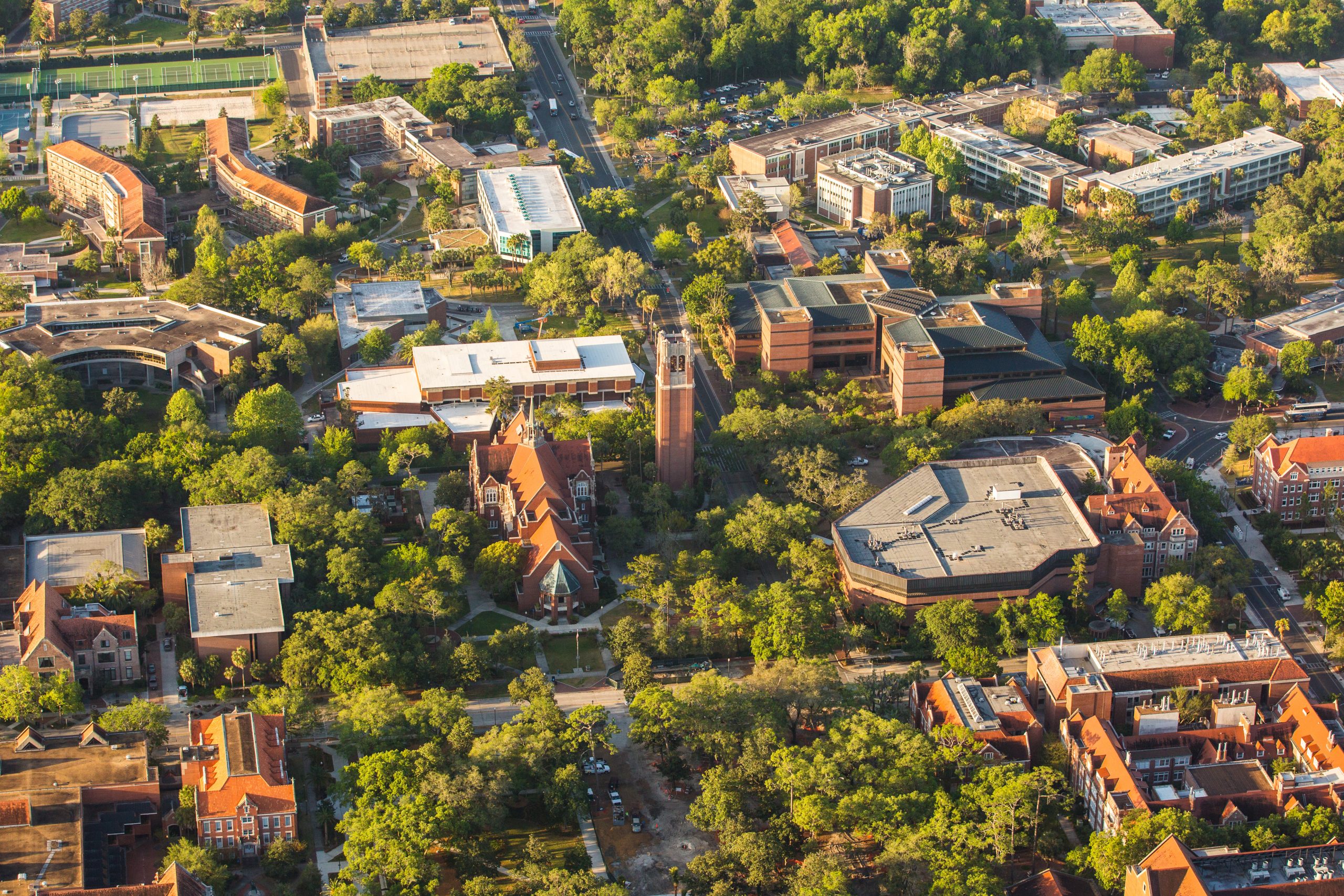
Applicable Building Codes
CURRENT FLORIDA BUILDING CODES
The Florida Building Code, 8th Edition (2023) is now in effect.
THE FOLLOWING HAS BEEN ADOPTED BY THE STATE FIRE MARSHAL:
Except as specifically modified by statute or by the State Fire Marshal’s rules, the “Florida Fire Prevention Code, 8th Edition (2023),” which is comprised of the Florida specific edition of NFPA 101, the Life Safety Code® (2021 edition) and the Florida specific edition of NFPA 1, the Fire Code (2021 edition), are hereby adopted and incorporated by reference and are applicable to those buildings and structures specified in paragraphs (a) and (b), of subsection (1), of Section 633.206, F.S. In addition, the standards outlined in F.A.C 69A-3.012 (1)(a) – (ssssss), except as specifically modified in the rule chapters in rule Division 69A, are hereby adopted and incorporated by reference, as a part of the uniform fire safety standards adopted by rule by the State Fire Marshal and are applicable to those buildings and structures specified in Sections 633.206(1)(a) and (b), F.S.
REFERENCING CODES ON PLANS
Plans that do not include this information will be rejected and the issuance of the building permit will be delayed until such information is recorded on the construction documents. It is not acceptable to list the code and standards in the specifications only. Specifications are not archived and this information needs to be available for future reference.
| Acceptable example | Unacceptable example |
| This project was designed in accordance with these Codes and Standards | Codes and Standards |
| 2023 Florida Building Code, 8th Edition | Florida Building Code(s) |
| 2023 Florida Building Code – Plumbing | Florida Plumbing Code |
| 2023 Florida Fire Prevention Code, 8th Edition | Florida Fire Prevention Code |
| 2019 NFPA 13 | NFPA 13 (Latest edition) |
| 2020 NFPA 70 NEC | NFPA 70 |
| (List all applicable codes and standards) | |
